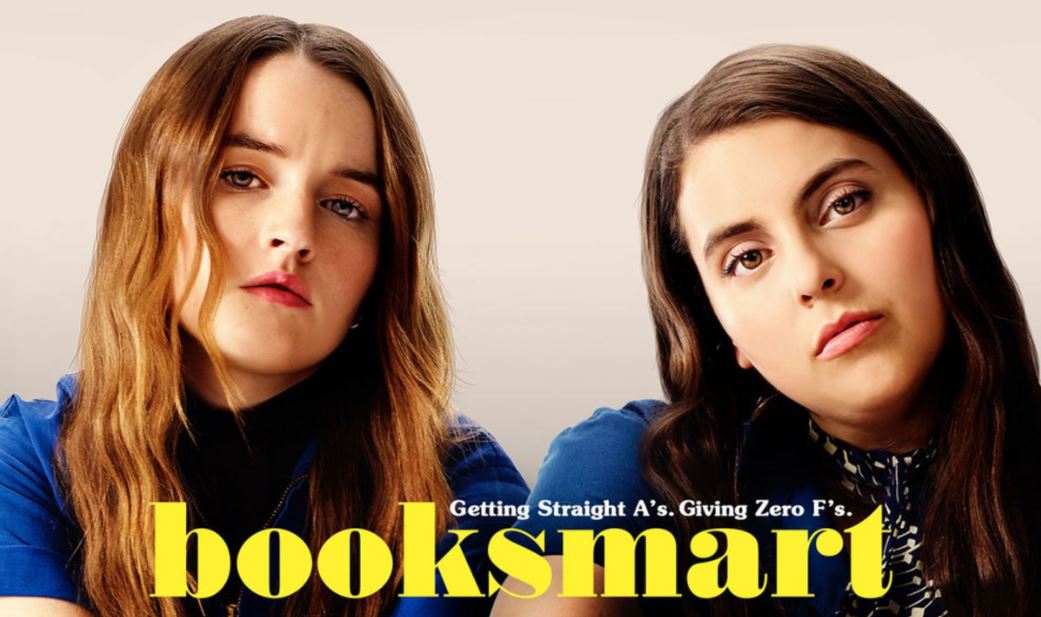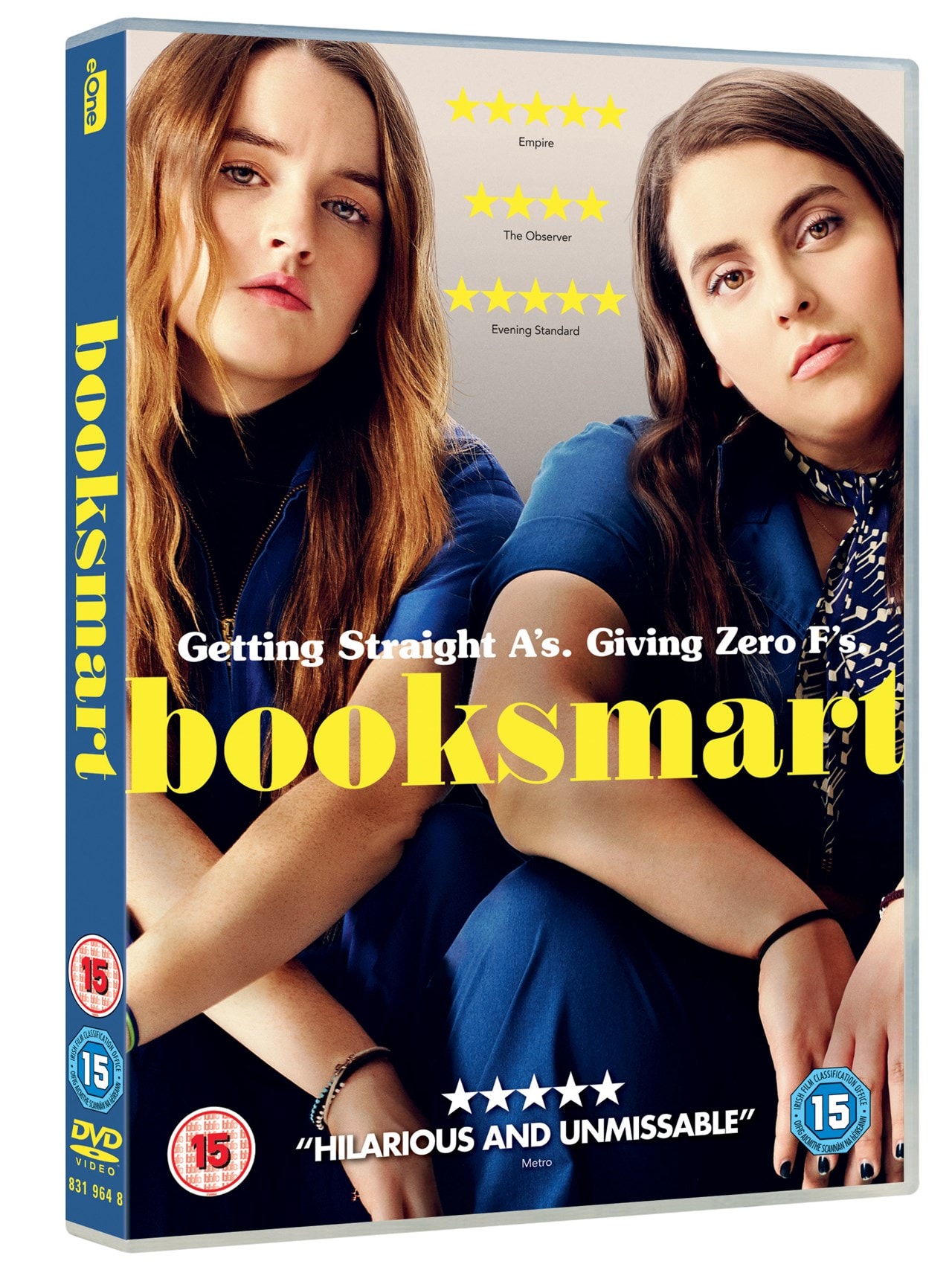
More mid-tier agencies have broken ranks. Wants to resolve the ATA standoff sooner. Great way to get a tone honed in.Ĭraig is no longer running for the board. Katie also has another trick: She will take a scene from one of her favorite films (like Planes, Trains and Automobiles) and will insert her own character in it and see how he or she will interact with the other pre-existing characters. Katie writes out practice dialogue of a character to get a feel for them and to get to know them. Great example of how utterly little control a character has over their own circumstances: Titanic. The fun is watching how the character tries to react against that. SHOULD A MAIN CHARACTER BE REACTIVE OR PROACTIVE?Īll stories are essentially of stuff happening to someone that puts them in a crisis. Katie: When pitching, the more casual the better.Ĭraig: When pitching, any act of coming across as ‘rehearsed’ gives the message you are scared. But in buddy arcs, we sympathize with both sides. We believe the antagonist has no real feelings. In a classic protagonist/antagonist arc, the antagonist will belittle the protagonist and we will hate them for that. In real life most fights are between people who love each other. It’s like watching two co-equals trying to find their space.Ĭraig: The great thing about fights between two co-leads, is that you get to watch them cut each other down to the bone, and you will feel bad for each of them.

John: In a two-hander, you can watch from each character’s POV and it will make sense. Katie: When you have buddy comedies (dual main protagonists), the two characters are forcing each other to become a better version of them selves.Ĭraig: One character will fundamentally change, while the other will learn something, but fundamentally stay the same. It’s structured as a romantic comedy, but that turns out to be a break-up movie. (Editor's note: Just for reference, the somewhat similarly strucutred Superbad came out in 2007).ĭirector pitched it as Training Day for high school girls. For theater you have to allow space between funny lines for audience laughs (wait for laughs).Ĭraig has learned the most about Comedy in the editing room.īooksmart was written in 2009. She learned that the sound mix for comedies is different if going to theater or streaming. Netflix eventually liked it and produced it.

Katie wrote it the way she wanted to see it. When she presented it to Dana, she liked it despite it being in a supposedly 'tired' genre.
BOOKSMART LOGLINE TV
When Katie moved back to LA after Columbia film school, Dana hired her as an assistant on a TV show.ĭana Fox gave her the logline, and she took a couple of weeks to break story around it. One of the ones who responded was Dana Fox (one of the nicest persons in Showbiz), who offered to instead become pen pals. She then cold emailed them and asked if they needed an assistant. She surreptitiously wrote down names of writers she liked. Her job was to scan physical scripts and turn them into PDF’s. While in college, she landed an internship at Fox. She recently sold a pitch for another Olivia Wilde directing vehicle.įirst script she ever read was Juno while helping a friend memorise lines for an audition. Wrote Booksmart, Isn't It Romantic, & Set It Up.

This is what makes this podcast so worth listening to. This time it happened with the bit about fights between two protagonists (See section on 'Two-Handers'). And then Craig will give his version and it always blows my mind with a nuance I hadn't thought about. One thing I've noticed is that often a guest will say something they learned about craft and it will be something I will nod along to. John August and Craig Mazin sit down with Katie Silberman to talk about her origin story and the craft behind writing buddy comedies.


 0 kommentar(er)
0 kommentar(er)
